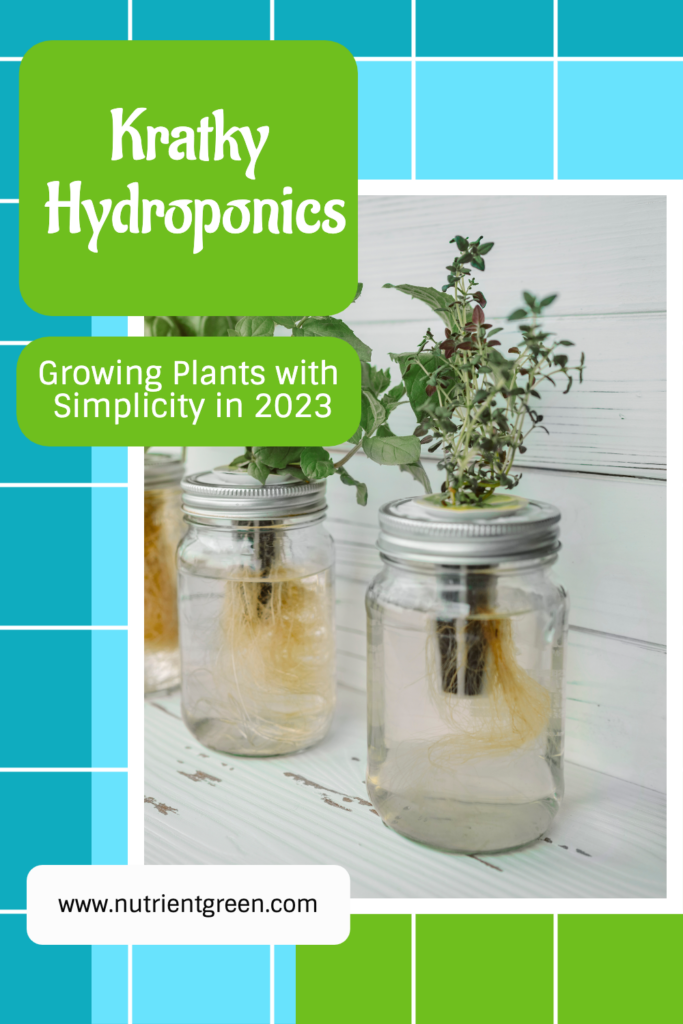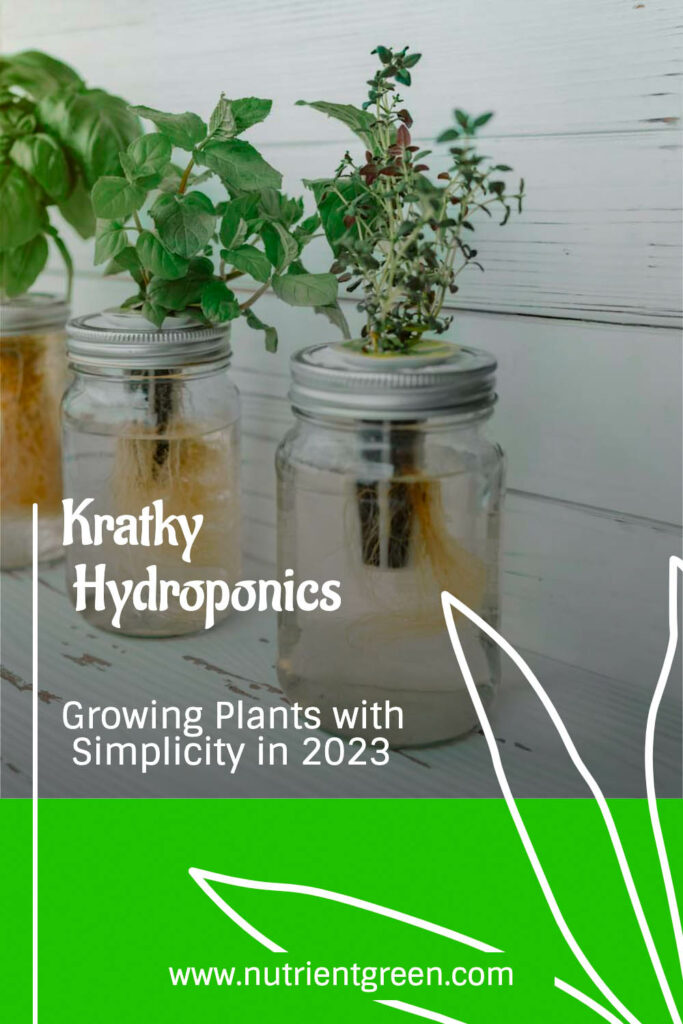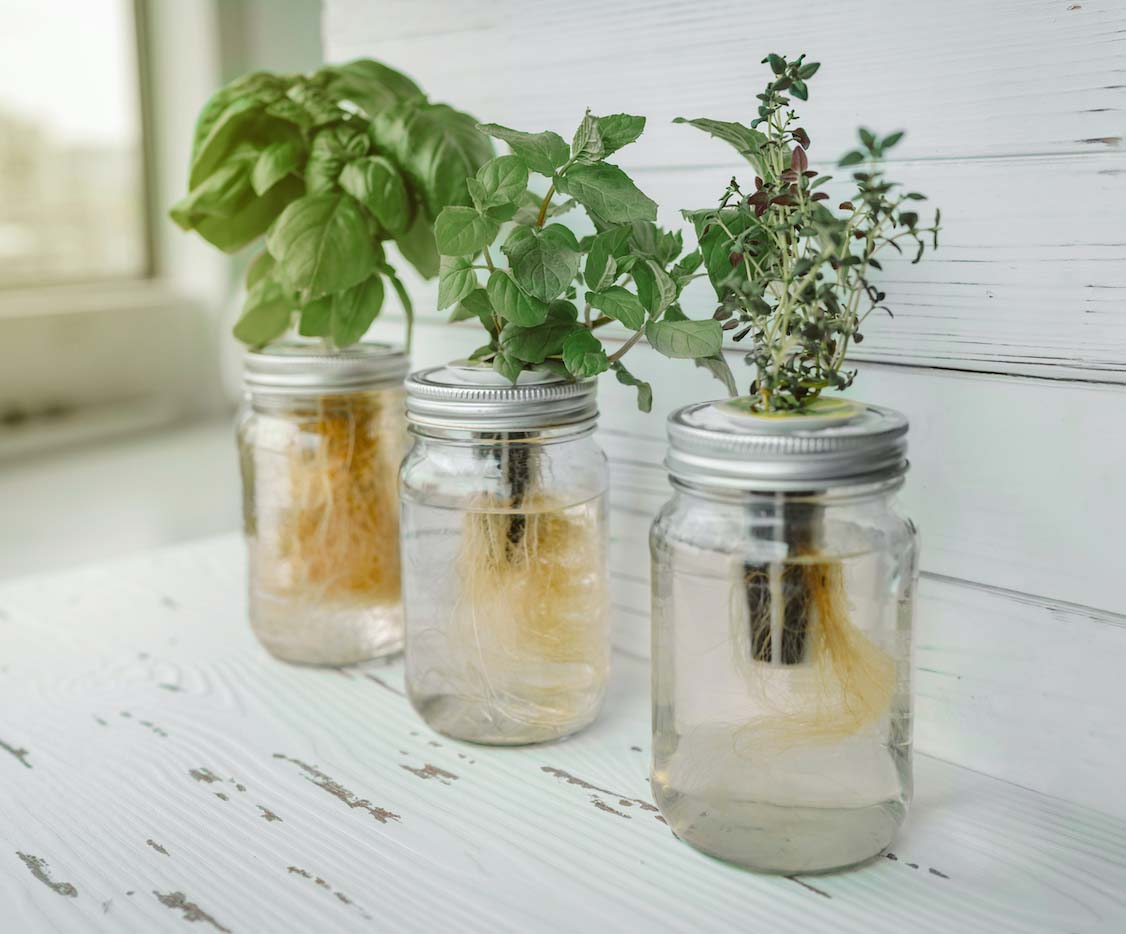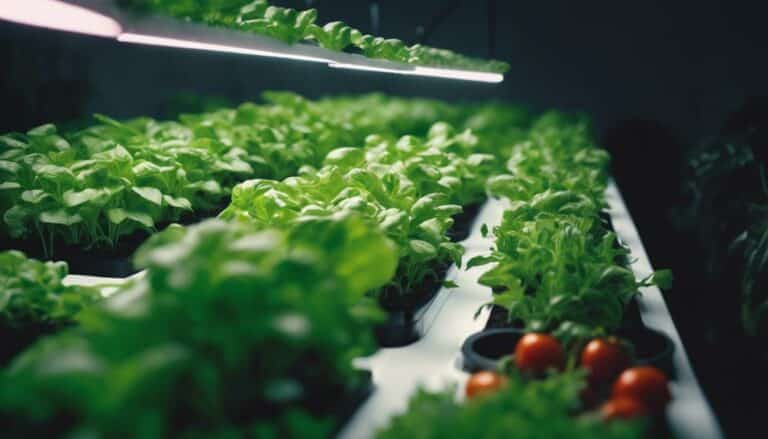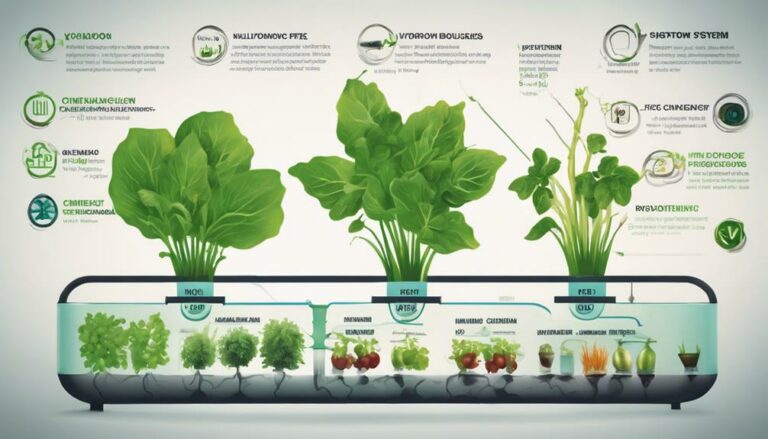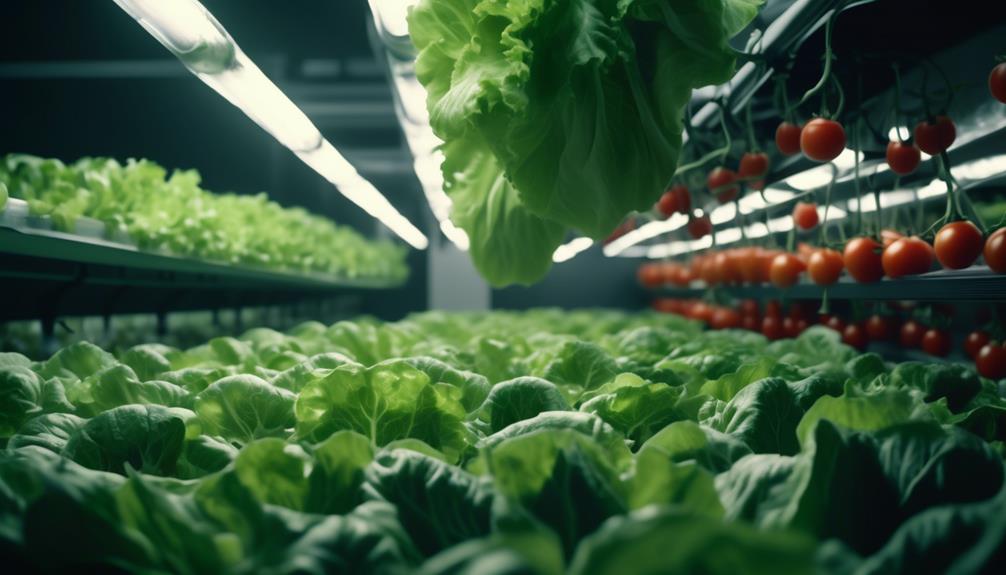Have you ever wanted to grow your own plants at home, but you don’t have enough space, time, or resources for a traditional garden or a complex hydroponic system? If so, you might want to try Kratky hydroponics, a simple and effective way to grow plants without soil.
Table of Contents
Introduction to Kratky Hydroponics
Hydroponics, in simple terms, is the practice of growing plants without soil, using a nutrient-rich water solution instead. Kratky hydroponics is a passive hydroponic technique developed by Dr. Bernard Kratky at the University of Hawaii. Unlike traditional active hydroponic systems that require pumps and electricity, Kratky hydroponics relies on a static nutrient solution and the natural process of plant respiration.
Kratky hydroponics is a passive hydroponic technique that requires minimal equipment, maintenance, and input. All you need is a container, a growing media, a nutrient solution, and a plant. You don’t need any electricity, pumps, or air stones. You don’t need to change or top off the water. You don’t even need to worry about pH or EC levels.
Sounds too good to be true, right? Well, it’s not. In this article, I will explain what Kratky hydroponics is, how it works, what are its benefits and drawbacks, what equipment and materials you need, what steps you need to follow, what tips and tricks you can use, and what FAQs you might have.
By the end of this article, you will have everything you need to know to start your own Kratky hydroponic system at home. Whether you want to grow herbs, lettuce, tomatoes, peppers, or anything else, you can do it with Kratky hydroponics.
So let’s get started!
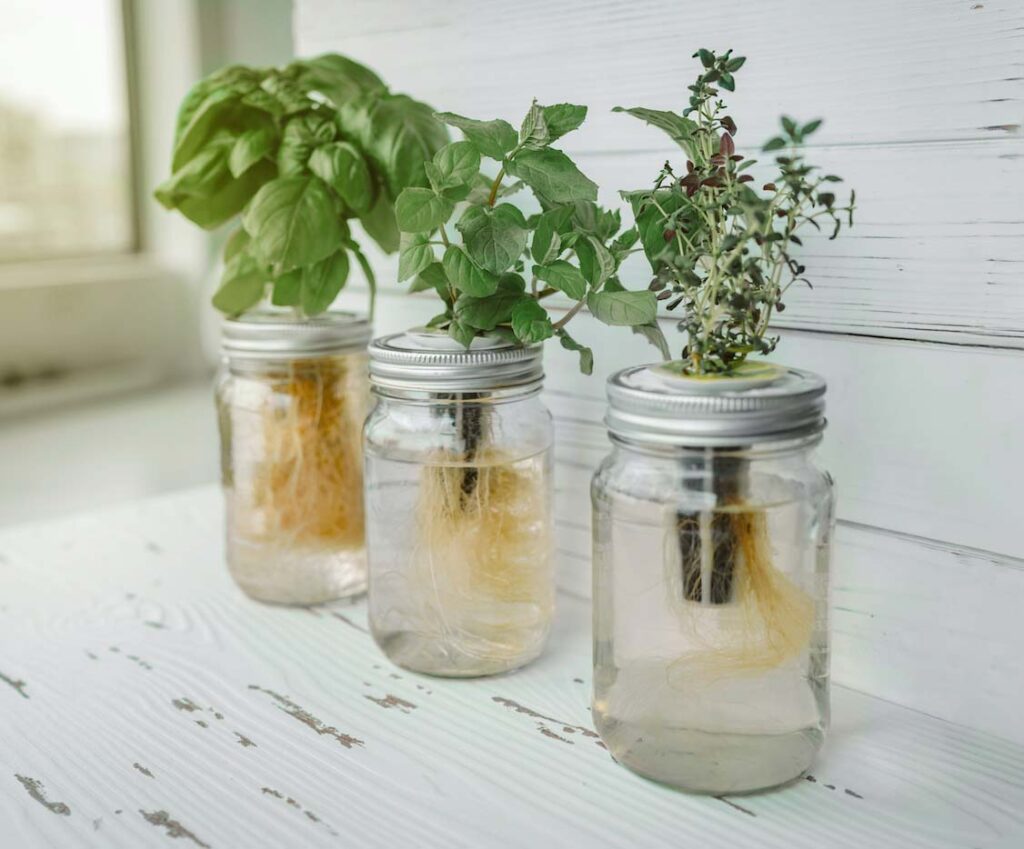
The Benefits of Kratky Hydroponics
Kratky hydroponics has many benefits that make it an attractive and convenient method for growing plants. Here are some of the main ones:
- Water-saving: Kratky hydroponics uses much less water than soil gardening or other hydroponic methods. Because the water is not circulated or evaporated, it is only consumed by the plant. You only need to fill the container once at the beginning and let the plant use up the water until harvest. This can save up to 90% of water compared to soil gardening.
- Energy-saving: Kratky hydroponics does not require any electricity, pumps, or air stones. The plant gets all the oxygen it needs from the air gap between the water and the growing media. This means you don’t have to worry about power outages, noise, or maintenance of electrical devices. You also save money on your energy bills.
- Space-saving: Kratky hydroponics can be done in any size and shape of container, as long as it can hold water and has a lid or cover. You can use anything from a mason jar to a bucket to a tote. You can also stack or hang the containers to maximize your vertical space. You can grow plants in any corner of your house, balcony, patio, or rooftop.
- Time-saving: Kratky hydroponics requires very little time and effort to set up and maintain. You don’t have to dig, weed, water, prune, or fertilize your plants. You don’t have to monitor or adjust the pH or EC levels of the water. You don’t have to change or top off the water. You just have to check the plant growth and water level occasionally and harvest when ready.
- Quality-enhancing: Kratky hydroponics can produce high-quality plants that are healthy, tasty, and nutritious. Because the plant gets all the nutrients it needs from the water, it grows faster and stronger than in soil. Because the plant is not exposed to soil-borne diseases, pests, or weeds, it is less likely to get sick or damaged. Because the plant is grown in a controlled environment, it is more consistent and predictable than in outdoor conditions.
The Drawbacks of Kratky Hydroponics
Kratky hydroponics is not perfect, however. It also has some drawbacks that you should be aware of before you try it. Here are some of the main ones:
- Limited size and yield: Kratky hydroponics is best suited for small to medium-sized plants that have a short to medium life cycle. Because the water level drops as the plant grows, there is a limit to how big and how long the plant can grow before it runs out of water or becomes root-bound. If you want to grow large or long-lasting plants, you might need a bigger container or a different method.
- Limited variety and diversity: Kratky hydroponics is best suited for plants that have similar nutrient requirements and growth rates. Because you use the same nutrient solution for all the plants in the same container, you might not be able to provide the optimal conditions for each plant. If you want to grow different types of plants together, you might need separate containers or a different method.
- Potential problems and risks: Kratky hydroponics is not immune to problems and risks that can affect any hydroponic system. For example, you might encounter algae growth, nutrient deficiency or toxicity, root rot, fungal infection, insect infestation, or environmental stress. If you don’t take proper care of your system, you might lose your plants or reduce their quality.
The Equipment and Materials Needed for Kratky Hydroponics
Kratky hydroponics is one of the simplest and cheapest hydroponic methods out there. You don’t need a lot of equipment and materials to get started. Here are the essential and optional items that you need:
Containers
Containers are where you store the water and grow the plants. You can use any type and size of container that can hold water and has a lid or cover. For example, you can use glass jars, plastic bottles, buckets, tubs, totes, etc.
The size of the container depends on how big and how many plants you want to grow. Generally speaking, you want to use a container that can hold enough water for the entire life cycle of the plant without refilling.
The lid or cover of the container serves two purposes: to prevent light from entering the water (which can cause algae growth) and to support the plant (which can be done by cutting holes or slots for inserting net cups).
Growing Media
Growing media are what hold the plant in place and provide some support and moisture for the roots. You can use any type of inert and sterile material that does not decompose or react with water or nutrients. For example, you can use rockwool cubes, coconut coir, perlite, vermiculite, clay pebbles, etc.
The type and form of growing media depend on the specific requirements of the plants and the hydroponic system being used. Some plants prefer a more airy and well-draining medium, while others thrive in moisture-retentive materials. It’s important to consider factors such as water retention, aeration, pH stability, and ease of use when choosing the right growing media for your Kratky hydroponic system.
Rockwool cubes are a popular choice as they provide good water retention and aeration for the roots. They are also sterile and pH-neutral, making them suitable for a wide range of plants. Coconut coir, derived from coconut husks, is another excellent option. It has excellent water retention capabilities while still allowing for adequate drainage.
Perlite and vermiculite are lightweight and porous materials that promote aeration and drainage. They are commonly used in hydroponic systems to improve soil structure and root oxygenation. Clay pebbles, also known as hydroton or expanded clay, are lightweight, pH-neutral, and provide excellent drainage. They are often used in flood and drain or drip irrigation systems.
Consider the specific needs of your plants and the characteristics of each growing medium to determine the best fit. Experimentation and observation will help you fine-tune your choices over time. Remember to rinse and sterilize the growing media before use to ensure a clean and disease-free environment for your plants.
Nutrient Solution
Nutrient solution is what provides the plant with all the essential elements that it needs to grow and thrive. You can use any type of hydroponic nutrient solution that is suitable for your plant and water quality. For example, you can use liquid or powder nutrients, organic or synthetic nutrients, single-part or multi-part nutrients, etc.
The ratio and concentration of nutrients depend on the type and stage of the plant. Generally speaking, you want to use a balanced nutrient solution that has a high nitrogen content for leafy plants and a high phosphorus and potassium content for flowering and fruiting plants. You also want to use a nutrient solution that has a low EC (electrical conductivity) level to avoid salt buildup and nutrient toxicity.
To prepare the nutrient solution, you need to follow the instructions on the label of your nutrient product. You need to measure the amount of water and nutrients that you need, mix them well, and adjust the pH if necessary. The ideal pH range for most plants is between 5.5 and 6.5.
Plants
Plants are what you want to grow with Kratky hydroponics. You can grow almost any type of plant with this method, as long as it fits in your container and does not have a high oxygen demand. For example, you can grow herbs, lettuce, spinach, kale, chard, bok choy, basil, mint, parsley, cilantro, oregano, thyme, rosemary, sage, dill, chives, etc.
You can obtain your plants in two ways: by transplanting or by germinating. Transplanting means taking an existing plant from another source (such as a nursery or a garden) and moving it to your Kratky hydroponic system. Germinating means starting a new plant from a seed or a cutting and growing it in your Kratky hydroponic system.
To transplant a plant, you need to carefully remove it from its original container or soil, wash off any dirt or debris from its roots, and insert it into your growing media. To germinate a plant, you need to place a seed or a cutting into your growing media, cover it lightly with some more media, and keep it moist until it sprouts.
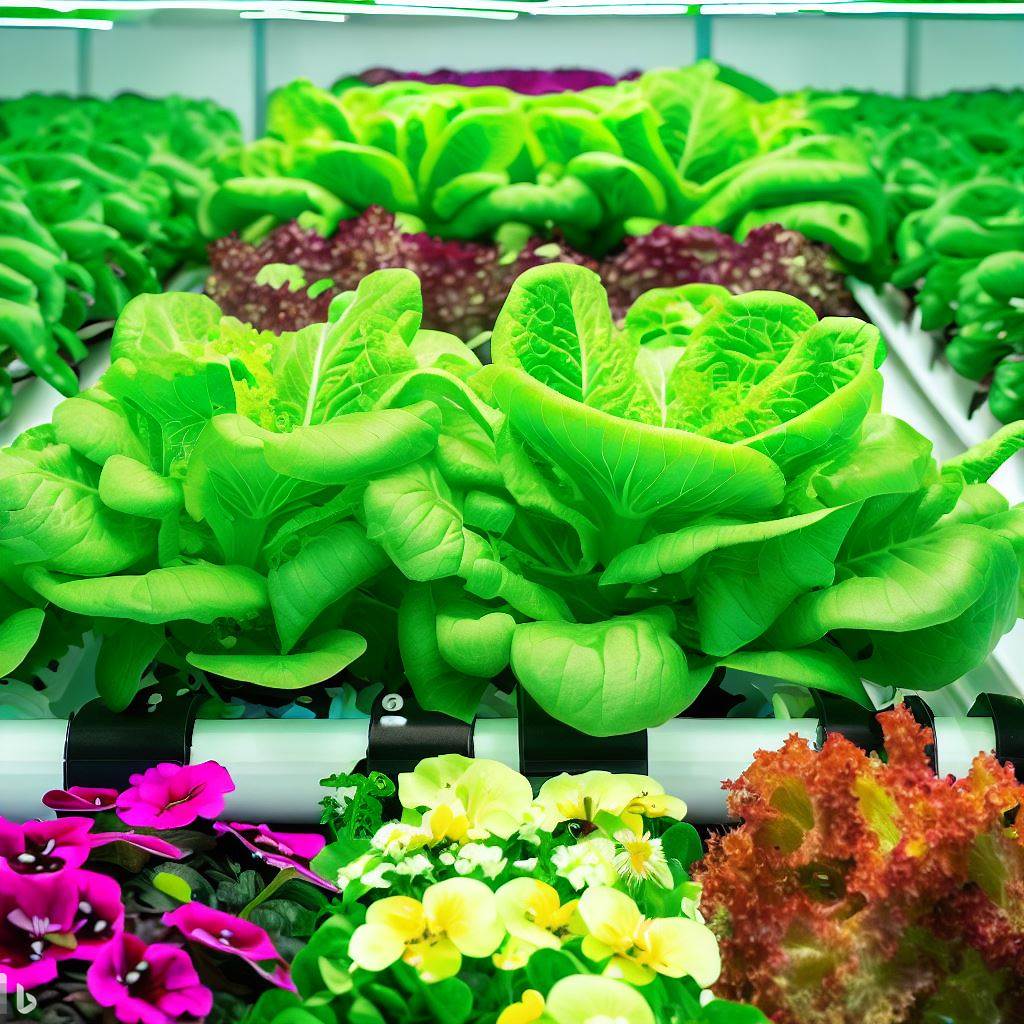
The Steps to Follow for Kratky Hydroponics
Kratky hydroponics is very easy to set up and maintain. You only need to follow five simple steps to start and run your own Kratky hydroponic system.
Here they are:
Step 1: Fill the container with nutrient solution
The first step is to fill your container with the nutrient solution that you prepared earlier. You need to fill the container until it is about 3/4 full or until it reaches about 2 inches below the top of the container. This will leave enough space for the air gap and the plant growth.
You don’t need to fill the container all the way to the top because the water level will drop as the plant grows and consumes the water. You also don’t need to refill or top off the water because the plant will adjust its root system according to the water level.
Step 2: Insert the plant into the growing media
The second step is to insert your plant into your growing media that you prepared earlier. You need to make sure that your plant is securely attached to your growing media and that its roots are exposed to the air gap.
If you are transplanting a plant, you need to carefully remove it from its original container or soil, wash off any dirt or debris from its roots, and insert it into your growing media. If you are germinating a plant, you need to place a seed or a cutting into your growing media, cover it lightly with some more media, and keep it moist until it sprouts.
Step 3: Place the plant into the container
The third step is to place your plant into the container that you filled with nutrient solution earlier. You need to position your plant so that its roots are submerged in the water but not touching the bottom of the container. You also need to make sure that its stem and leaves are above the water and have enough space to grow.
If you are using a net cup or a similar device to hold your plant, you need to cut a hole or a slot in the lid or cover of your container that matches the size of your net cup. Then you need to insert your net cup into the hole or slot and secure it with some tape or glue if necessary.
If you are not using a net cup or a similar device to hold your plant, you need to cut a hole or a slot in the lid or cover of your container that is slightly smaller than the diameter of your plant. Then you need to insert your plant into the hole or slot and secure it with some tape or glue if necessary.
Step 4: Monitor the plant growth and water level
The fourth step is to monitor your plant growth and water level regularly and make sure that everything is going well. You need to check your plant for any signs of disease, pest, or nutrient deficiency or toxicity. You also need to check your water level for any signs of algae growth, salt buildup, or contamination.
If you notice any problems with your plant, you need to identify the cause and take the appropriate action. For example, if your plant has yellow or brown leaves, it might be due to nutrient deficiency or toxicity. You might need to change or adjust your nutrient solution accordingly.
If you notice any problems with your water, you need to identify the cause and take the appropriate action. For example, if your water has green or brown color, it might be due to algae growth. You might need to clean or replace your container and water.
Step 5: Harvest the plant when ready
The fifth and final step is to harvest your plant when it is ready. You need to know when your plant is mature and ripe enough for harvest. This depends on the type and variety of your plant and your personal preference.
To harvest your plant, you need to cut it off from its stem or pull it out from its roots. You can either harvest the whole plant at once or harvest it in parts over time. You can also reuse your container, growing media, and nutrient solution for another plant if you want.
The Tips and Tricks for Kratky Hydroponics
Kratky hydroponics is a simple and effective method for growing plants, but it can also be improved and optimized with some tips and tricks.
Here are some of the best ones that I have learned from my own experience and research:
- Use a dark or opaque container: This will prevent light from entering the water and causing algae growth. Algae can compete with your plant for nutrients and oxygen and reduce its quality and yield. If you don’t have a dark or opaque container, you can paint it black or wrap it with some foil or paper.
- Use a transparent lid or cover: This will allow you to see the water level and the root growth without opening the container. This will help you monitor the health and progress of your plant and avoid disturbing its environment. If you don’t have a transparent lid or cover, you can cut a small window in it and cover it with some plastic wrap.
- Use an air stone: This will provide some extra oxygen to the water and the roots. This will improve the growth and yield of your plant, especially if it has a high oxygen demand. If you don’t have an air stone, you can use a straw or a tube to blow some air into the water occasionally.
- Use a fan: This will provide some air circulation around the plant and prevent mold and mildew from forming on its leaves. This will also help regulate the temperature and humidity around the plant and avoid heat stress or frost damage. If you don’t have a fan, you can use a window or a door to create some airflow.
- Use a light: This will provide some artificial light to the plant if it does not get enough natural light from the sun. This will improve the photosynthesis and growth of your plant, especially if it has a high light demand. If you don’t have a light, you can use a window sill or a balcony to expose your plant to some sunlight.
Common Challenges and Troubleshooting Tips
While Kratky hydroponics is a relatively straightforward method, a few challenges may arise. Here are some common issues and tips to overcome them:
Algae growth
If you notice algae growth in your nutrient solution, try covering the container with a lightproof material or paint it black to prevent light penetration. Additionally, ensure proper sterilization of containers and growing media before planting.
Root rot
Root rot can occur if the roots are constantly submerged in stagnant water. To prevent this, make sure the air gap is maintained and avoid overfilling the container. Proper ventilation and oxygen supply are crucial for healthy root development.
Nutrient deficiencies or imbalances
Monitor your plants for any signs of nutrient deficiencies, such as yellowing leaves or stunted growth. Adjust the nutrient solution accordingly, following the specific requirements of your plants. Regularly check and maintain the pH levels within the recommended range.
Conclusion
Kratky hydroponics offers a simple and accessible way to engage in hydroponic gardening. With its low-cost setup, minimal maintenance requirements, and versatility in plant selection, it is an excellent option for both beginners and experienced gardeners alike. By following the steps outlined in this article and addressing common challenges, you can embark on a successful Kratky hydroponic journey and enjoy the rewards of fresh, homegrown produce.
FAQs for Kratky Hydroponics
Kratky hydroponics is a simple and effective method for growing plants, but it can also raise some questions and doubts in your mind. Here are some of the most common ones that I have encountered and answered:
How long does Kratky hydroponics take?
The duration of Kratky hydroponics depends on the type and variety of your plant and the size of your container. Generally speaking, leafy plants like lettuce or spinach can take 4 to 6 weeks, while flowering plants like tomatoes or peppers can take 8 to 12 weeks.
How much water does Kratky hydroponics use?
The amount of water that Kratky hydroponics uses depends on the size of your container and the evaporation rate of your environment. Generally speaking, Kratky hydroponics uses much less water than soil gardening or other hydroponic methods. You only need to fill the container once at the beginning and let the plant use up the water until harvest.
Can I grow larger plants or trees using Kratky hydroponics?
Kratky hydroponics is best suited for smaller plants with shallow root systems. Larger plants or trees typically require more advanced hydroponic systems to provide adequate support and nutrient supply.
Can I automate my Kratky hydroponic system with timers and pumps?
The essence of Kratky hydroponics lies in its passive nature. While it is possible to add automation to certain aspects, such as pH monitoring, the basic principles of Kratky hydroponics do not involve the use of timers or pumps.
Remember, Kratky hydroponics is all about experimentation and learning. Don’t be afraid to try new plant varieties or make adjustments to suit your specific conditions. Enjoy the journey of growing plants in a simplified and rewarding way with Kratky hydroponics!
